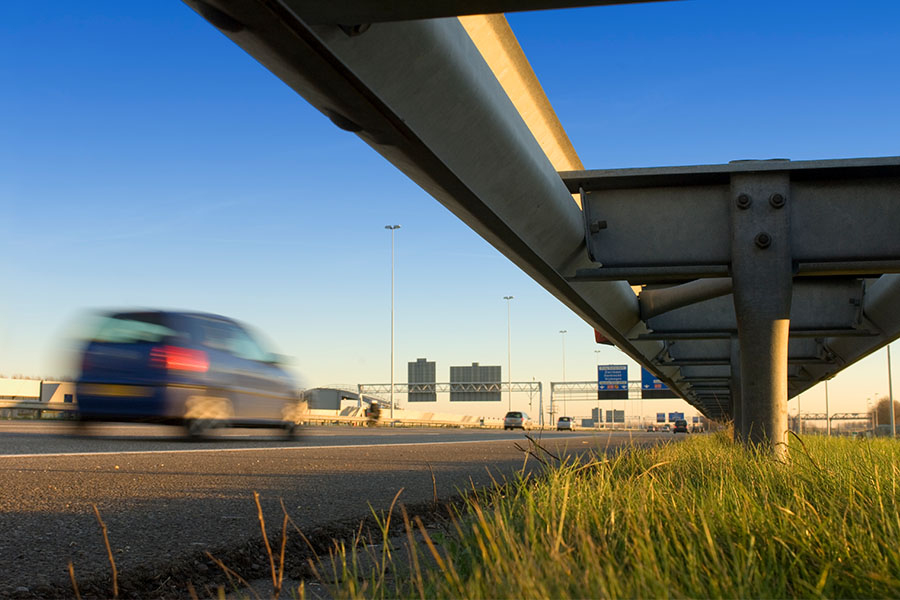March 7, 2024
Nation’s Guardrails Can’t Handle Heavier EV Vehicles

The growing number of electric vehicles on the road that weigh 20 to 50 percent more than gasoline powered vehicles has engineers at Nebraska’s Midwest Roadside Safety Facility and the Army Corps of Engineers concerned. The extra weight, due to the batteries they carry, means that existing highway guardrails may not be effective at stopping these vehicles.
As part of their study, the engineers are evaluating a system that features a 12-gauge corrugated steel guardrail attached to 6-inch-deep steel posts, anchored to the rail with blockouts 8- to 12-inches thick. The top of the rail is 31 inches above the road.
Designed as an inexpensive, high-performing barrier, the guardrail system has already been tested with small cars that weigh up to 2,400 pounds and pickups that weigh 5,000 pounds. But little is known about how the system will perform in crashes involving EVs which are 20 to 50 percent heavier and have lower centers of gravity.
Research suggests that EVs are involved in run-off-road crashes at about the same rate and about the same speeds as gasoline vehicles. That would mean an EV crashing into a roadside barrier could have 20% to 50% more impact energy.
The University of Nebraska, Lincoln, which sponsors the research, has led several efforts to create next-generation barriers. Besides the MGS, the Husker team also developed the Steel and Foam Energy-Reducing, or SAFER, barrier, improving race car track safety and saving race car drivers’ lives. The SAFER barrier was even installed in the Rose Bowl during an exhibition racing event.
Today’s challenge is to again adapt roadside barriers to match the mix of heavier electric vehicles, lighter gasoline vehicles, taller SUVs and pickups, and smaller cars.
